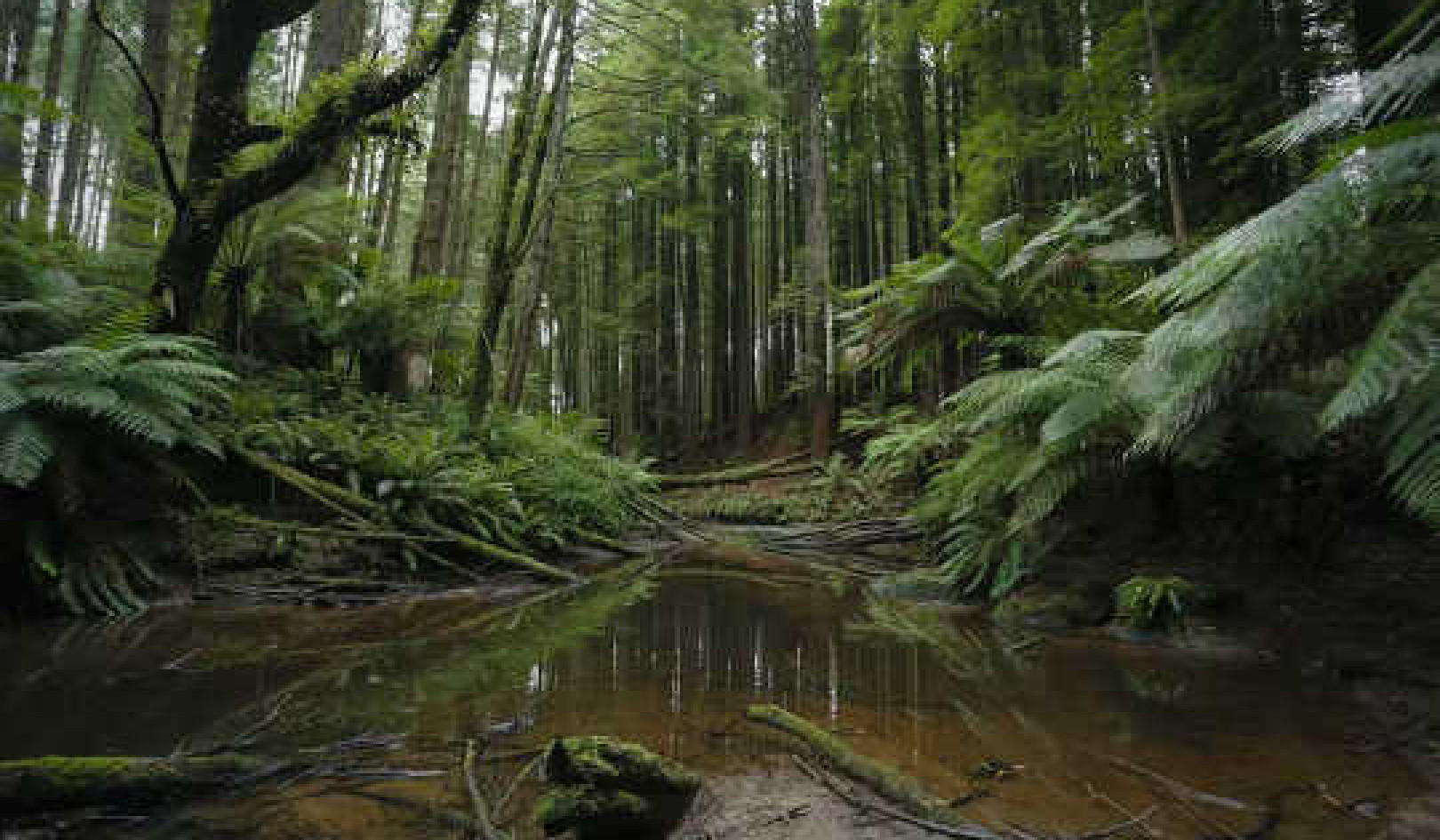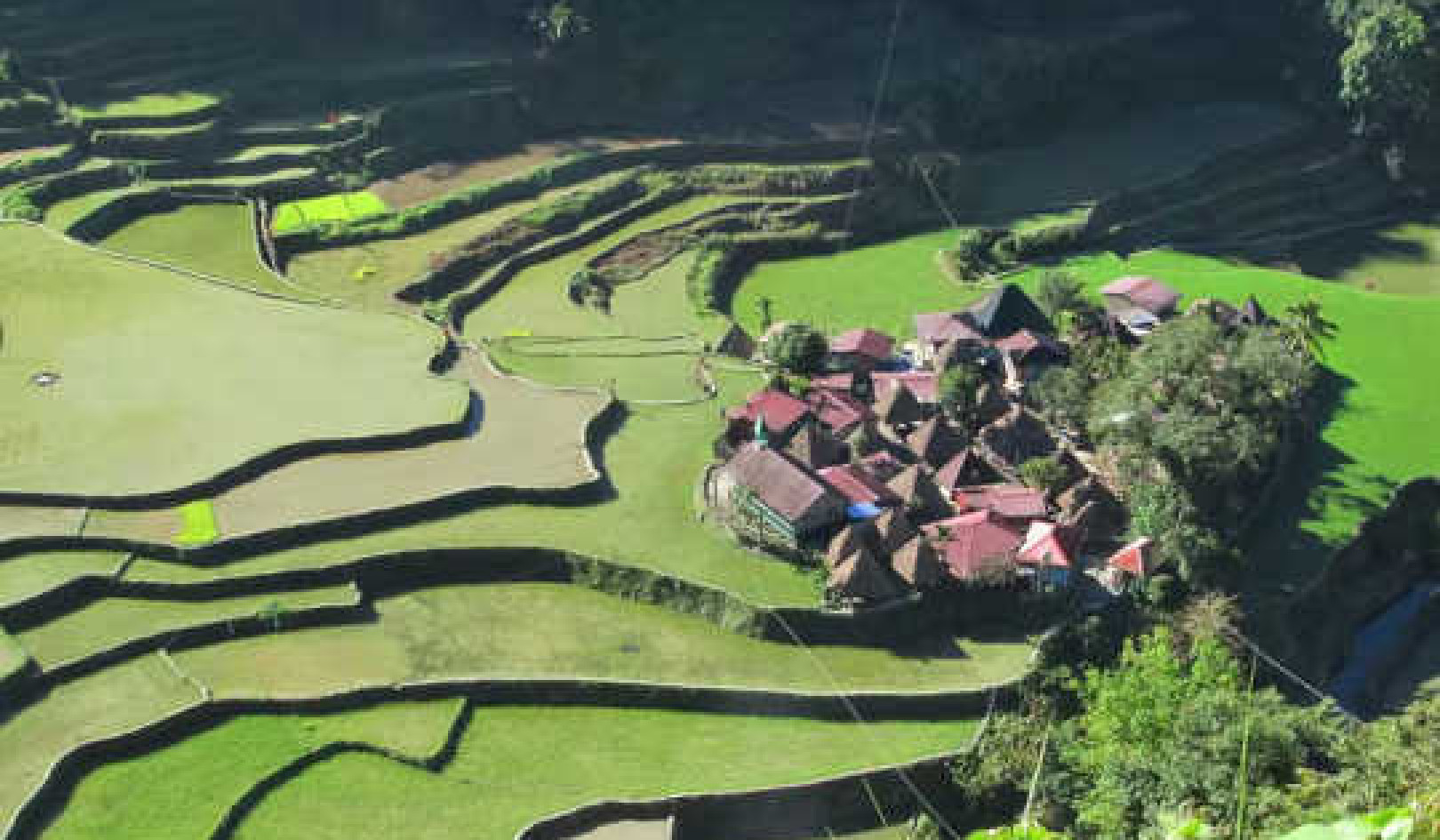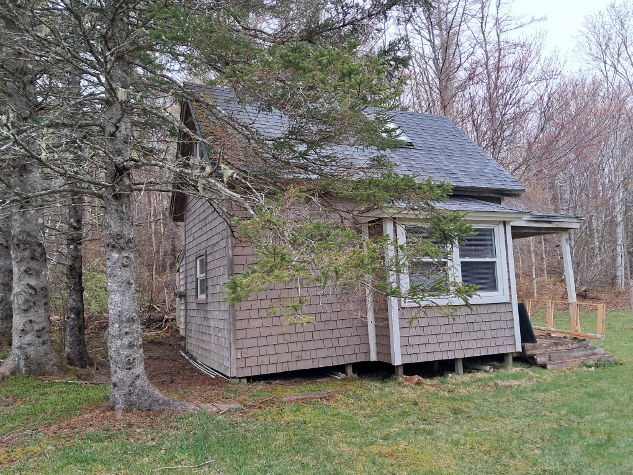
Arriving at our summer retreat in Margaree Forks, Nova Scotia, on Cape Breton Island, after a long drive from Florida, I anticipated the serene beauty of Big Brook and the majestic expanse of the Cabot Trail. After a scorching end of winter in Florida, the early Canadian spring air was crisp and refreshing, but with a promising rejuvenation of warmer days ahead.
Nestled cozily in the woods near the banks of the babbling brook, my rustic studio office awaited my arrival like an old friend, ready to embrace me with its familiar warmth and inspiration.
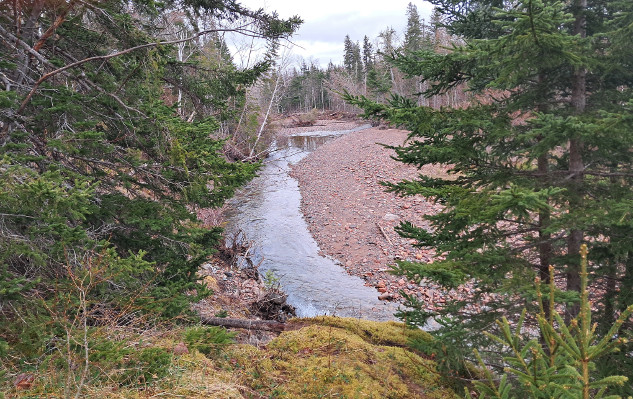
As I unlocked the door to welcome in a new summer and stood on the threshold, I sensed something had changed from the previous fall. Yet everything seemed as I had left it. I heard a rustle as I puttered around my desk and set up my computer. What? A mouse, perhaps. Then, a bump. As I climbed the ladder to the loft, I could see it in the far corner. My promise of tranquility was quickly shattered when I discovered a more local resident—a big, fat raccoon.
I found later that the raccoon had exercised its squatter's rights by gnawing a one-foot-round hole through the wooden wall created for a yet uninstalled chimney, creating an impromptu entrance into my sanctuary. Evidently, the raccoon had settled in, leaving only minor messes and avoiding outright destruction. When I finally confronted the intruder, it cunningly hid its head in the corner like a child playing hide-and-seek, convinced that if it couldn't see me, I couldn't see it.
As I had no genuine desire to visit further with my newfound companion ora llow him the traditional three days before a visitor becomes a pest, I devised a plan to encourage this overstaying guest to move on to more comfortable quarters, or at least to quarters that were not mine. So loud music was my game. I picked some protest music from the '60s by the Chad Mitchell Trio. That ought to do it I thought.
A Familiar Furry Friend
The encounter stirred memories of Snoopy, my former pet raccoon from years ago in Florida. Imprinted on humans, Snoopy was mostly gentle but retained his mischievous spirit. He loved opening kitchen cabinets and meticulously inventorying the contents, leaving them "unneatly" arranged in the middle of the floor. His playful antics and friendly nature won him fame when I donated him to the local public school camp. Snoopy became a local legend there, habitually greeting school buses with wagging excitement and welcoming the children to his forest domain.
The following day, I returned to my office to see the results of my rude behavior toward this raccoon. I could see it had been downstairs as it had turned over my guitar and rustled the blinds. I checked upstairs. GONE! Well, that was easy. So I repaired the hole and went about my puttering. Then I heard a rustle. What? A mouse? Then, a bump. Damn! There it was, hiding again with its head in the corner.
Plan 2.0
OK, fellow, I am pulling out the big guns: Bachman Turner Overdrive. I can't even listen to it too loud, so this time, I left the front door open all night and BTO blaring.
The following day, I didn't even bother with the puttering as I rushed upstairs to see the fruits of no labor on my part. My excitement over convincing the raccoon to vacate my studio office was premature. While I thought she had left after our earlier confrontations, the clever critter had found another secure spot in the rafters to lie low. My surprise was compounded when I discovered that she wasn't alone—tucked away with her was a litter of kits, their high-pitched squeaking filling the space. For a moment, I stood there, watching the mother raccoon huddled protectively over her young. Despite her earlier territorial behavior, she was surprisingly calm, sensing that I meant no immediate threat to her family.
A Mother's Resolve
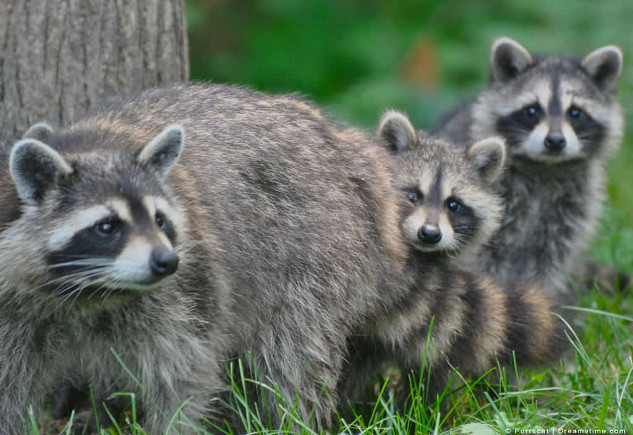
The little raccoon family presented a new challenge: how to help them move on without causing unnecessary stress. I had no intention of harming or evicting them harshly now, especially since I once had a pet raccoon. Drawing from my experience with Snoopy, who had that uncanny knack for finding his way around cabinets and winning hearts, I knew I had to approach this situation more delicately.
So, I devised another "new new" plan. I opened the window on the upper floor, removed the screen, and set up a ramp leading from the window to the roof of the front porch. I left the upstairs with hopes the mother raccoon could cautiously explore the escape route. With the way cleared and a steady path laid out, I left the window open overnight, hoping she would remove her kits when she felt ready.
The following morning, I returned to my studio office to find that the raccoon family had vacated the rafters. She had slipped away under the cover of darkness with her brood, likely guided by the ramp I had built and the safety of the window exit onto the roof. I imagined the mother cautiously carrying her kits down the porch roof and into the night, finding a new place where they could live undisturbed by such a rude host.
A Lesson in Coexistence
It's remarkable how wildlife can find their way around our structures, adapting to our spaces. The mother raccoon chose my studio office as a temporary den for her litter because it was warm, secure, and provided the protection she needed. By creating a safe pathway and offering her the choice to leave at her own pace, I could encourage her departure without the need for confrontation or fear. The whole experience served as a lesson in adaptability and coexistence, a reminder that sometimes a gentle nudge is all that's needed to set things right.
Living in harmony with nature requires patience, adaptability, and respect for the local fauna. The raccoon in my studio office was as bright as a three-year-old, navigating the world with curiosity and cunning. While this raccoon overstayed its welcome, it reminded me of the fascinating wildlife sharing the land. As spring blossoms across the Highlands and Big Brook flows into the Margaree River and then toward the sea, I look forward to many more weekends of unexpected encounters, each enriching my appreciation of the wild beauty of Cape Breton Island and my little bit of quiet paradise.
About the Author
 Robert Jennings is co-publisher of InnerSelf.com with his wife Marie T Russell. He attended the University of Florida, Southern Technical Institute, and the University of Central Florida with studies in real estate, urban development, finance, architectural engineering, and elementary education. He was a member of the US Marine Corps and The US Army having commanded a field artillery battery in Germany. He worked in real estate finance, construction and development for 25 years before starting InnerSelf.com in 1996.
Robert Jennings is co-publisher of InnerSelf.com with his wife Marie T Russell. He attended the University of Florida, Southern Technical Institute, and the University of Central Florida with studies in real estate, urban development, finance, architectural engineering, and elementary education. He was a member of the US Marine Corps and The US Army having commanded a field artillery battery in Germany. He worked in real estate finance, construction and development for 25 years before starting InnerSelf.com in 1996.
InnerSelf is dedicated to sharing information that allows people to make educated and insightful choices in their personal life, for the good of the commons, and for the well-being of the planet. InnerSelf Magazine is in its 30+year of publication in either print (1984-1995) or online as InnerSelf.com. Please support our work.
Creative Commons 4.0
This article is licensed under a Creative Commons Attribution-Share Alike 4.0 License. Attribute the author Robert Jennings, InnerSelf.com. Link back to the article This article originally appeared on InnerSelf.com
Books on The Environment from Amazon's Best Sellers list
"Silent Spring"
by Rachel Carson
This classic book is a landmark in the history of environmentalism, drawing attention to the harmful effects of pesticides and their impact on the natural world. Carson's work helped to inspire the modern environmental movement and remains relevant today, as we continue to grapple with the challenges of environmental health.
Click for more info or to order
"The Uninhabitable Earth: Life After Warming"
by David Wallace-Wells
In this book, David Wallace-Wells offers a stark warning about the devastating effects of climate change and the urgent need to address this global crisis. The book draws on scientific research and real-world examples to provide a sobering look at the future we face if we fail to take action.
Click for more info or to order
"The Hidden Life of Trees: What They Feel, How They Communicate?Discoveries from A Secret World"
by Peter Wohlleben
In this book, Peter Wohlleben explores the fascinating world of trees and their role in the ecosystem. The book draws on scientific research and Wohlleben's own experiences as a forester to offer insights into the complex ways that trees interact with one another and the natural world.
Click for more info or to order
"Our House Is on Fire: Scenes of a Family and a Planet in Crisis"
by Greta Thunberg, Svante Thunberg, and Malena Ernman
In this book, climate activist Greta Thunberg and her family offer a personal account of their journey to raise awareness about the urgent need to address climate change. The book provides a powerful and moving account of the challenges we face and the need for action.
Click for more info or to order
"The Sixth Extinction: An Unnatural History"
by Elizabeth Kolbert
In this book, Elizabeth Kolbert explores the ongoing mass extinction of species caused by human activity, drawing on scientific research and real-world examples to provide a sobering look at the impact of human activity on the natural world. The book offers a compelling call to action to protect the diversity of life on Earth.





















